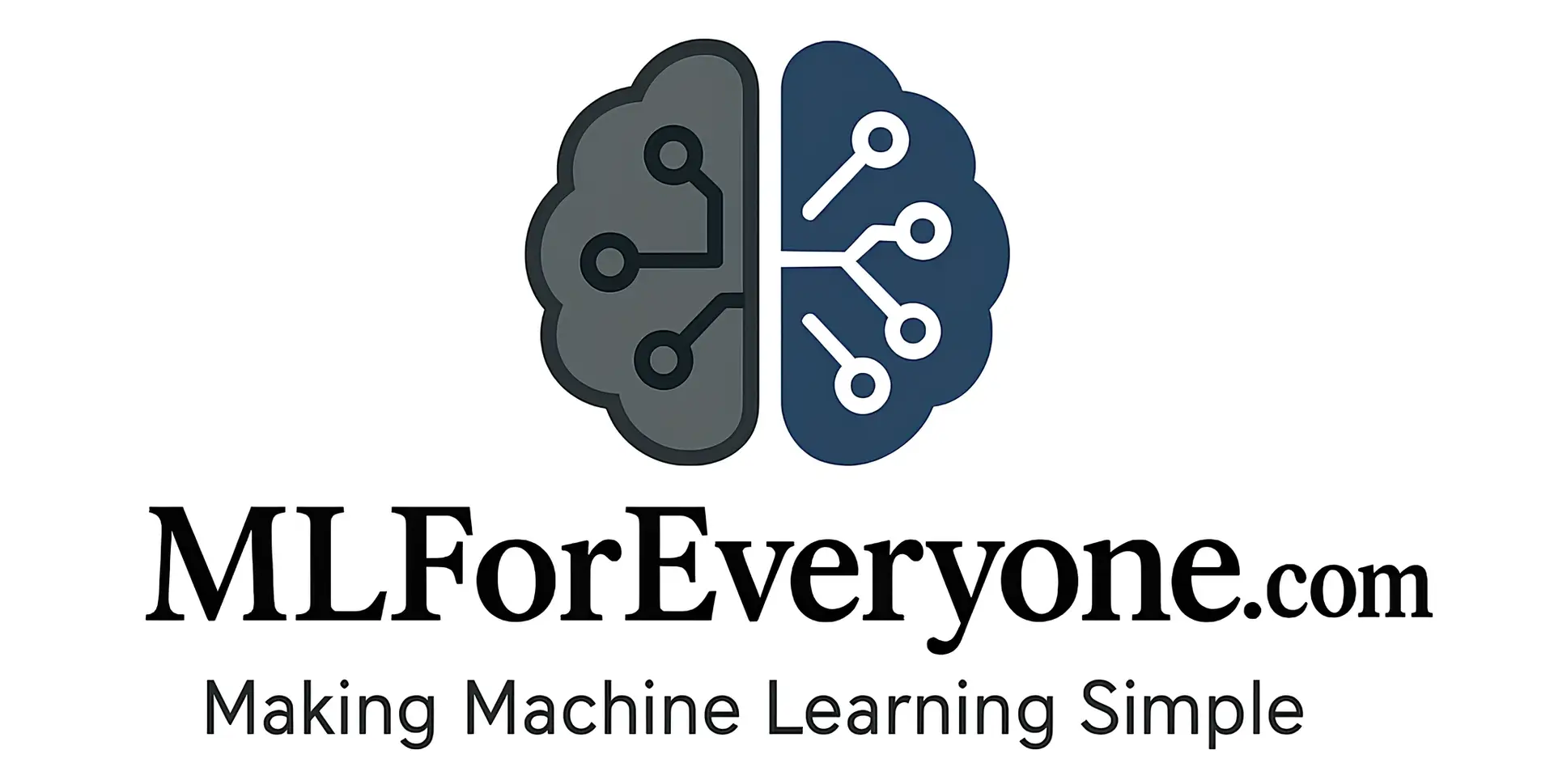Welcome to mlforeveryone.com, your go-to hub for AI Tools & Software Reviews! In this in-depth guide, we’re reviewing the best Natural Language Processing (NLP) tools available in 2025. Whether you’re a beginner exploring text analysis or a pro seeking advanced NLP software, this article will help you find the perfect tool to meet your needs. Let’s dive into the world of NLP and uncover the top solutions driving AI innovation today!
What is Natural Language Processing (NLP)?
Natural Language Processing (NLP) is a field of artificial intelligence that empowers computers to understand, interpret, and generate human language. From chatbots to sentiment analysis, NLP tools are transforming how we interact with technology. In 2025, NLP is a game-changer across industries like healthcare, marketing, and customer service.
Why You Need NLP Tools in 2025
The right NLP software can revolutionize your workflows. Here’s why these tools matter:
- Efficiency: Automate repetitive language tasks like text summarization or translation.
- Insights: Extract meaning from customer reviews, social media, and more.
- Scalability: Process massive datasets effortlessly.
- Engagement: Power personalized experiences with AI-driven language understanding.
With a projected 35% growth in NLP adoption this year, choosing the best NLP tools is key to staying competitive.
How We Evaluate NLP Tools
To find the top AI tools for NLP, we assess:
- Ease of Use: Beginner-friendly or expert-focused?
- Features: Core functionalities like tokenization, NER, or sentiment analysis.
- Performance: Speed and accuracy in processing text.
- Integration: Compatibility with your tech stack.
- Pricing: Free, freemium, or paid options.
- Support: Availability of documentation and community resources.
Now, let’s explore the standout tools in our NLP tools comparison.
The Best NLP Tools for 2025
Here are the top NLP tools, each excelling in unique ways:
1. spaCy
- Overview: A fast, open-source NLP library built for production use.
- Key Features:
- Tokenization
- Named entity recognition (NER)
- Part-of-speech tagging
- Dependency parsing
- Multi-language support
- Pros:
- Lightning-fast performance
- User-friendly API
- Robust documentation
- Cons:
- Limited flexibility for custom models
- Extra setup for advanced features
- Pricing: Free
- Best For: Developers needing efficient, production-ready NLP.
spaCy tops many NLP software reviews for its speed and simplicity.
2. NLTK (Natural Language Toolkit)
- Overview: A versatile Python library for research and education.
- Key Features:
- Tokenization
- Stemming and lemmatization
- Sentiment analysis
- Extensive corpora
- Pros:
- Comprehensive toolset
- Perfect for learning NLP
- Free and open-source
- Cons:
- Slower performance
- Steeper learning curve
- Pricing: Free
- Best For: Students and researchers experimenting with NLP.
NLTK is a foundational tool in AI tools for NLP education.
3. Google Cloud Natural Language API
- Overview: A cloud-based NLP solution powered by Google’s AI.
- Key Features:
- Entity recognition
- Sentiment analysis
- Syntax analysis
- Multi-language support
- Pros:
- High accuracy
- Scalable for big projects
- Easy Google Cloud integration
- Cons:
- Requires a paid account
- Costs rise with volume
- Pricing: Pay-as-you-go
- Best For: Businesses needing scalable NLP without custom model-building.
A leader in top AI tools for NLP, Google’s API shines for enterprise use.
4. IBM Watson Natural Language Understanding
- Overview: An advanced NLP service from IBM’s Watson suite.
- Key Features:
- Entity extraction
- Emotion detection
- Keyword extraction
- Concept tagging
- Pros:
- Feature-rich
- Strong enterprise support
- Multi-language capabilities
- Cons:
- Complex pricing
- Technical setup required
- Pricing: Tiered, usage-based
- Best For: Enterprises seeking comprehensive NLP solutions.
Watson NLU stands out in NLP tools comparison for its depth.
5. Hugging Face Transformers
- Overview: A library of cutting-edge, pre-trained NLP models.
- Key Features:
- BERT, GPT, and more
- Fine-tuning options
- PyTorch/TensorFlow support
- Pros:
- State-of-the-art models
- Active community
- Highly customizable
- Cons:
- Requires coding skills
- Resource-heavy
- Pricing: Free
- Best For: Advanced users and researchers pushing NLP boundaries.
Hugging Face is redefining NLP tools for developers.
Comparison Table: Best NLP Tools
| Tool | Ease of Use | Key Features | Pricing | Best For |
|---|---|---|---|---|
| spaCy | High | Tokenization, NER | Free | Developers, production |
| NLTK | Medium | Comprehensive tools | Free | Research, education |
| Google Cloud NLP | High | Sentiment, entities | Pay-as-you-go | Scalable business apps |
| IBM Watson NLU | Medium | Emotion, keywords | Tiered | Enterprises |
| Hugging Face | Low | Pre-trained models | Free | Advanced users, research |
How to Pick the Right NLP Tool
Choosing the best Natural Language Processing tools depends on your goals:
- Beginners: Start with spaCy or NLTK for simplicity and learning.
- Developers: Opt for spaCy or Google Cloud NLP for production-ready solutions.
- Researchers: Hugging Face or NLTK for experimentation.
- Enterprises: IBM Watson or Google Cloud for scalability.
- Budget: Free options like spaCy and NLTK save costs.
Match the tool to your project’s scope and skill level.
Conclusion:
The best NLP tools of 2025—like spaCy, NLTK, Google Cloud NLP, IBM Watson, and Hugging Face—cater to diverse needs, from quick prototyping to enterprise-grade analysis. By leveraging these tools, you can unlock the power of language processing and drive innovation.
Explore these options on mlforeveryone.com! Check out related guides like “Getting Started with spaCy” or “Hugging Face for Advanced NLP” to deepen your skills.




Leave a Reply